Fast Easy Fillings Frostings and Glazes
Fillings and frostings are core ingredients of any cake or pastry, they provide not only sweetness but also texture and flavor. The right filling or frosting can make a simple cake a masterpiece, while an incorrect one can ruin even the best recipe.
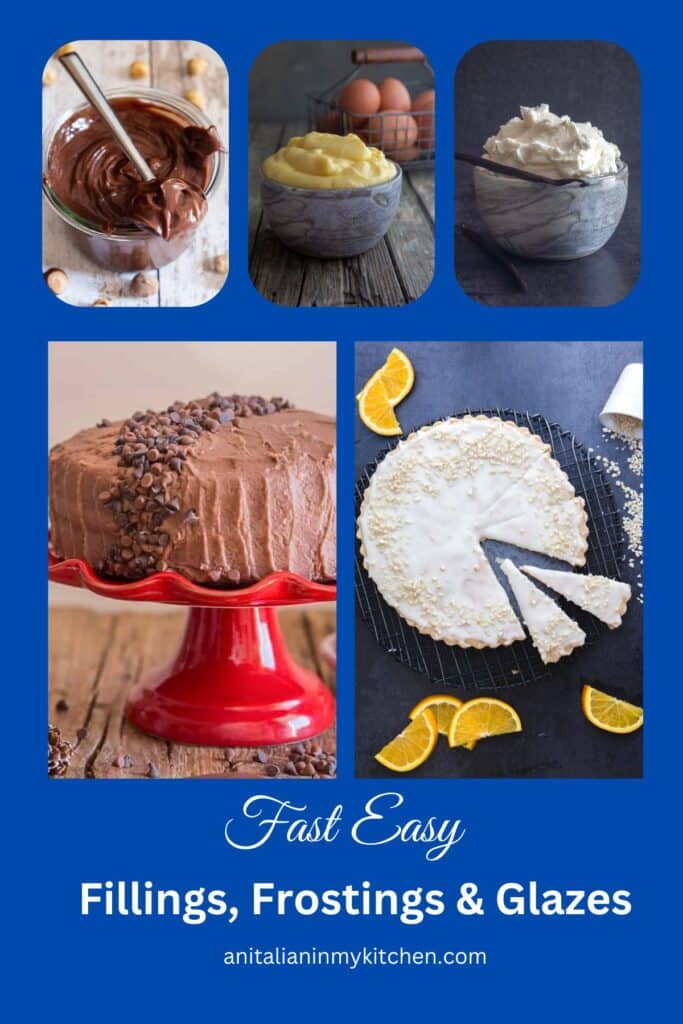
What is a filling?
A filling is the layer of sweet or savory mixture that is placed between the cake layers or can be stuffed into pastries and even cookies. A filling will provide moisture, flavor and of course texture. Most common fillings for cakes include jams, whipped cream, creams, and pastry cream, while savory fillings include cheese, vegetables, meat or even pestos.
When choosing a filling, it is important to think about the consistency and flavor of the cake, pastry or cookie. A light and delicate sponge cake would pair well with a whipped cream and fruit filling, while a rich and dense chocolate cake would work better with a chocolate ganache or frosting. It is also important to consider the firmness of the filling, some may require refrigeration or strengtheners (eg- gelatine) to maintain their structure.
What are frostings?
Frostings are a creamy covering that coats the outside and layers of cakes and it is sometimes used as fillings for pastries and other baked goods. They can be made from a many ingredients, such as butter, cream cheese, powdered sugar, cocoa powder, and flavorings such as the more popular vanilla, lemon or almond extract.
The most common types of frosting are buttercream, swiss buttercream, cream cheese and whipped cream frosting. Buttercream frosting is probably the most commonly used, which can be flavored and colored in different ways.
Cream cheese frosting is tangy and slightly sweet, and is commonly used for carrot cake, coconut cake and red velvet cake. A whipped cream frosting is light and airy, and is usually used for fruit-topped cakes.
Remember it is important to consider the flavor and texture of the cake or pastry when deciding on your frosting. It is also important to consider the temperature and of course the humidity of the day, as some frostings may require refrigeration to maintain their texture. The correct filling or frosting, for the cake or pastry can make the perfect treat that will be enjoyed by all.
What are glazes and ganaches?
Glazes are shinier and thinner than frostings or fillings, they are poured or dipped on your baked goods, creating an amazing and delectable finish that everyone will notice. Whether you use a simple drizzle or an it’s a simple drizzle or an elaborate pattern, glazes can add a touch of elegance to your desserts.
What is a glaze?
- Consistency: A glaze is usually thinner and has more liquid than a ganache. It has an easy pourable or spreadable consistency, which makes it ideal for adding a smooth and glossy finish on desserts.
- Ingredients: A simple chocolate glaze usually consists of chocolate, butter, and a liquid component such as cream or milk. Additional ingredients like sugar or corn syrup might be added for sweetness and shine.
- Usage: Glazes are commonly used to coat the tops of cakes, pastries, and donuts. They can be poured or brushed onto the dessert’s surface, creating a thin, even layer that sets to a shiny finish.
- Function: Glazes are primarily used for decoration and to provide a sleek appearance. They add a layer of flavor and sweetness to the dessert but don’t usually contribute to the dessert’s texture.
- Variations: Glazes can be adapted with various flavorings and colors to create a wide range of decorative options. For example, fruit juices or extracts can be added for different tastes, and food coloring can be used to achieve specific shades.
What is a Ganache?
- Consistency: Ganache has a thicker and more velvety texture compared to glaze. It can vary in thickness depending on its purpose, ranging from a pourable ganache to a spreadable filling.
- Ingredients: A basic ganache is made by combining chocolate and heavy cream. The ratio of chocolate to cream determines the thickness and usage of the ganache. Some ganaches also include butter for added richness and glossiness.
- Usage: Ganache can be used as a filling, frosting, or topping. It can be spread between cake layers, whipped for a lighter texture, or poured over desserts for a rich coating.
- Function: Ganache not only adds flavor but also contributes to the texture of a dessert.
- Variations: It can also be flavored with extracts, liqueurs, or other additives.
- Simple Syrup Glaze: A quick and easy glaze made from a mixture of sugar and water. It’s brushed onto cakes to add moisture and sweetness before adding another layer of frosting. This is usually used on sponge cakes that tend to be a drier cake.
- Chocolate Ganache: Made from cream and chocolate, ganache creates a rich, velvety glaze that can be poured over cakes, donuts, or sometimes used as a dipping sauce.
- Mirror Glaze: A show-stopping glaze that creates a reflective, glossy surface on cakes and pastries. It’s made from a mixture of gelatin, sugar, water, and condensed milk, and it’s often tinted with vibrant colors.
Both ganache and glaze can be used to enrich baked goods, they do serve as slightly different purposes. Ganache is a creamy mixture of chocolate and cream primarily used for filling and frosting, while glaze is a thin, glossy coating that adds shine, flavor, and sometimes color to the surface of desserts.
Tips for choosing the perfect filling, frosting or glaze
- The filling or frosting should complement the flavor of the cake or pastry, not overpower it.
- Use the best quality ingredients in the filling or frosting, they will certainly affect the taste and texture of the final product.
- Some fillings and frostings may require refrigeration or stabilizers such as gelatine to maintain their texture, so it is important to remember this when choosing a recipe.
- Make sure you don’t overfill the cake, overfilling can cause it to collapse, become unstable or soggy, so be sure to use the correct amount of filling.
- Make sure you cool the cake completely before filling, filling a warm cake may cause the filling to melt or become runny.
- Do not over mix the filling or frosting, this could cause the it to become too thin or even lose its texture.
- Using a pastry bag can help you fill the cake or pastry with more precision and of course more neatly.
- Remember don’t be afraid to experiment with different flavors and textures to create a unique filling or frosting for your cake or pastry.
- Be sure to store the filled cake or pastry properly which will help maintain its texture and flavor, some fillings and frostings require refrigeration and some should be stored at room temperature.
I hope you enjoy these Fast Easy Fillings Frostings and Glazes and I would love to know what your homemade favourite is. Enjoy!
Updated from January 28, 2017.
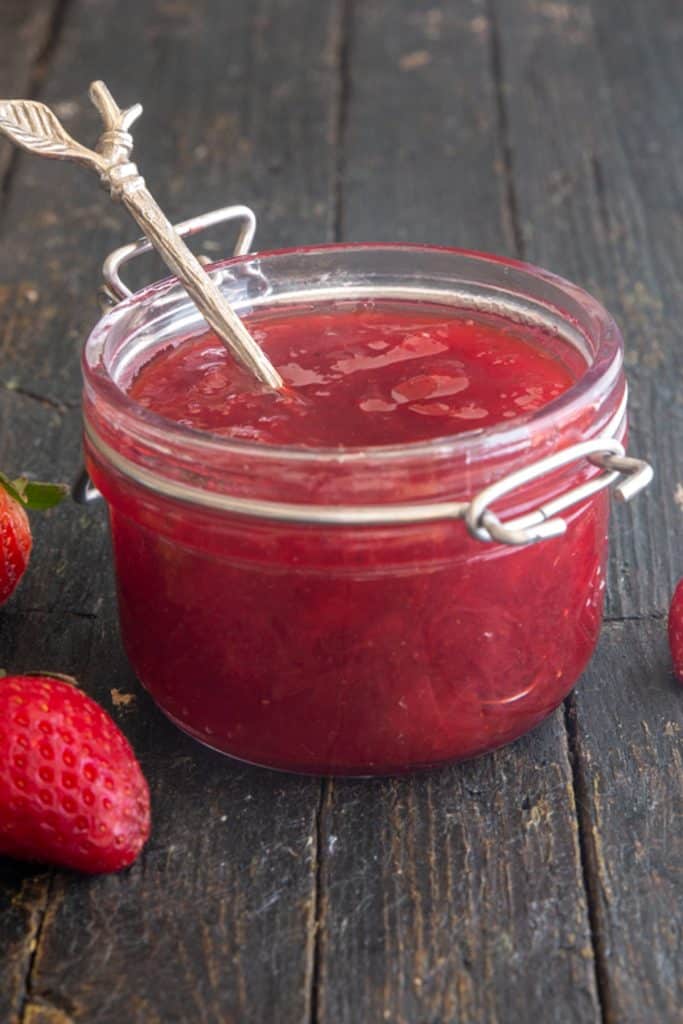
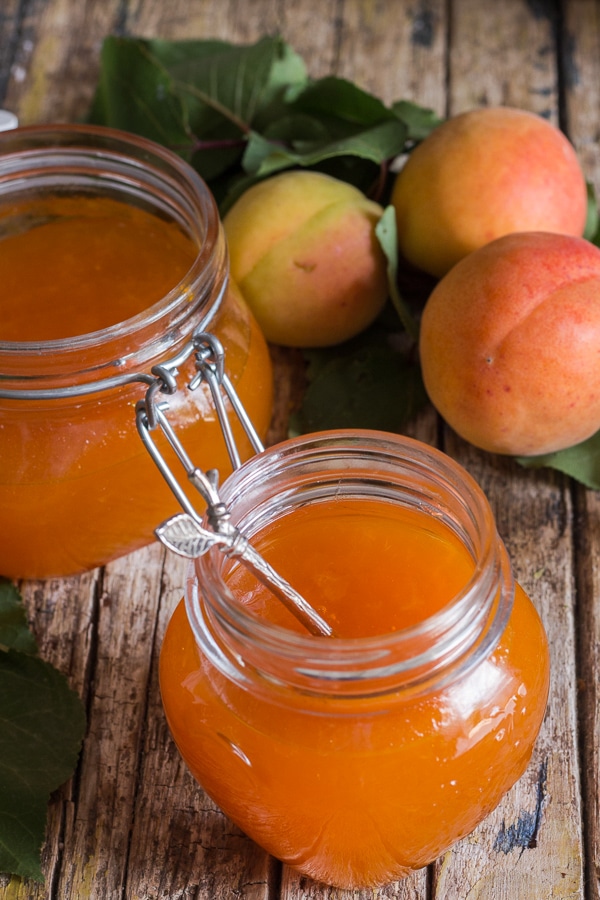
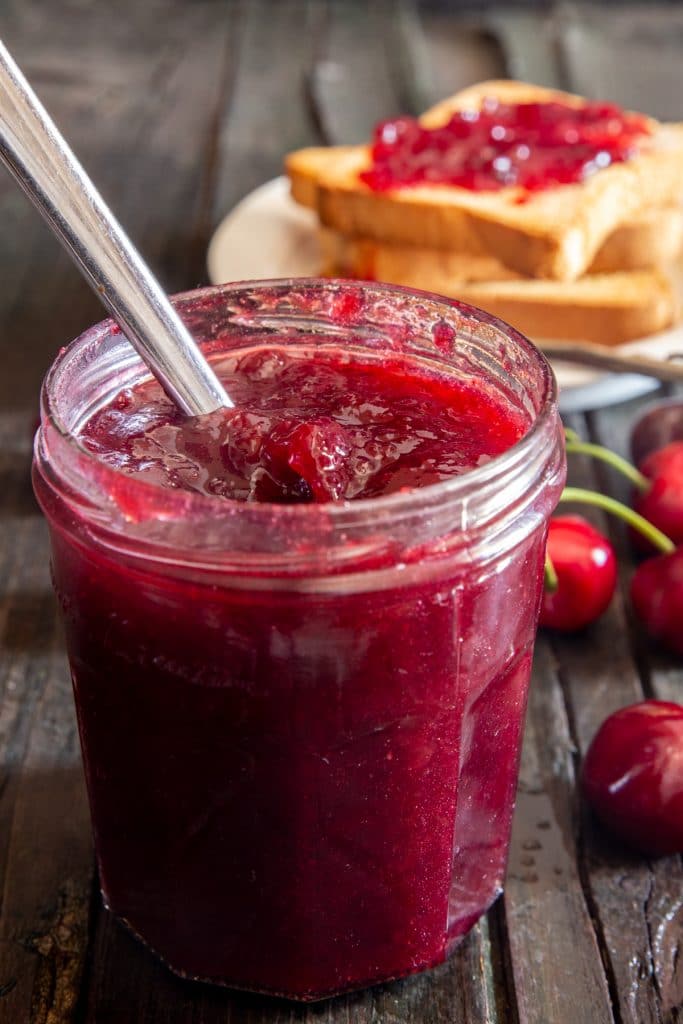

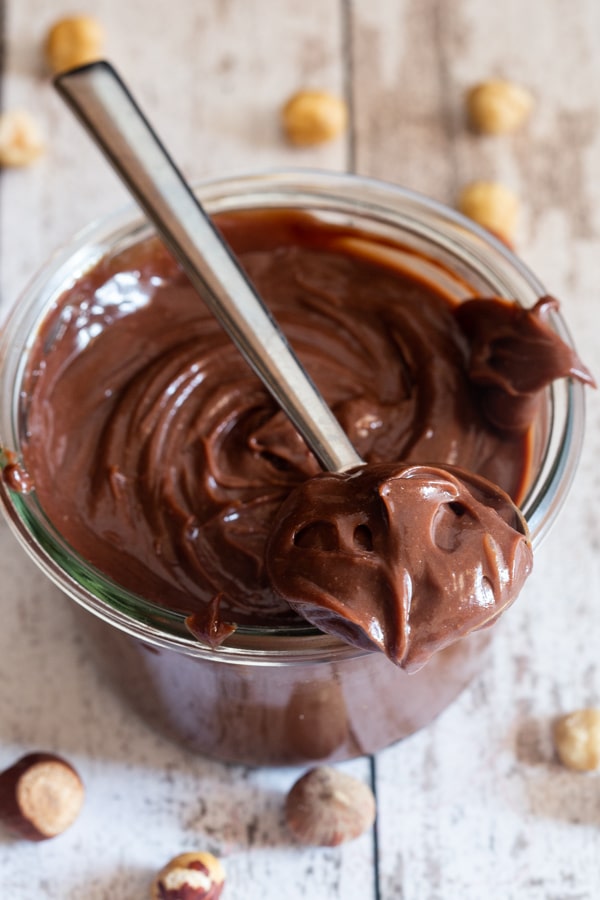
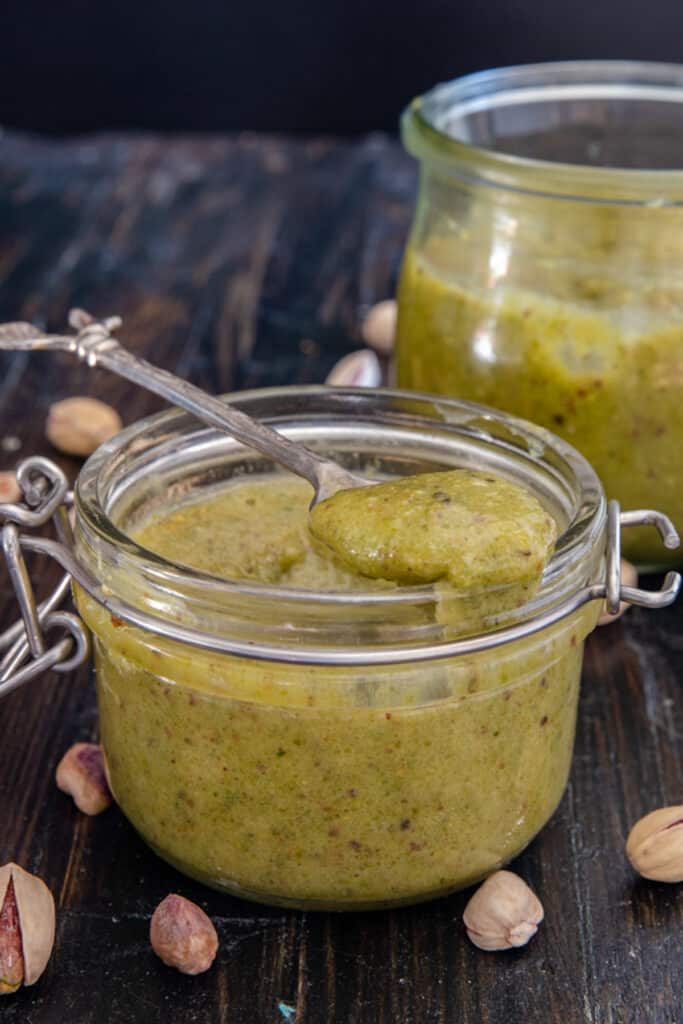

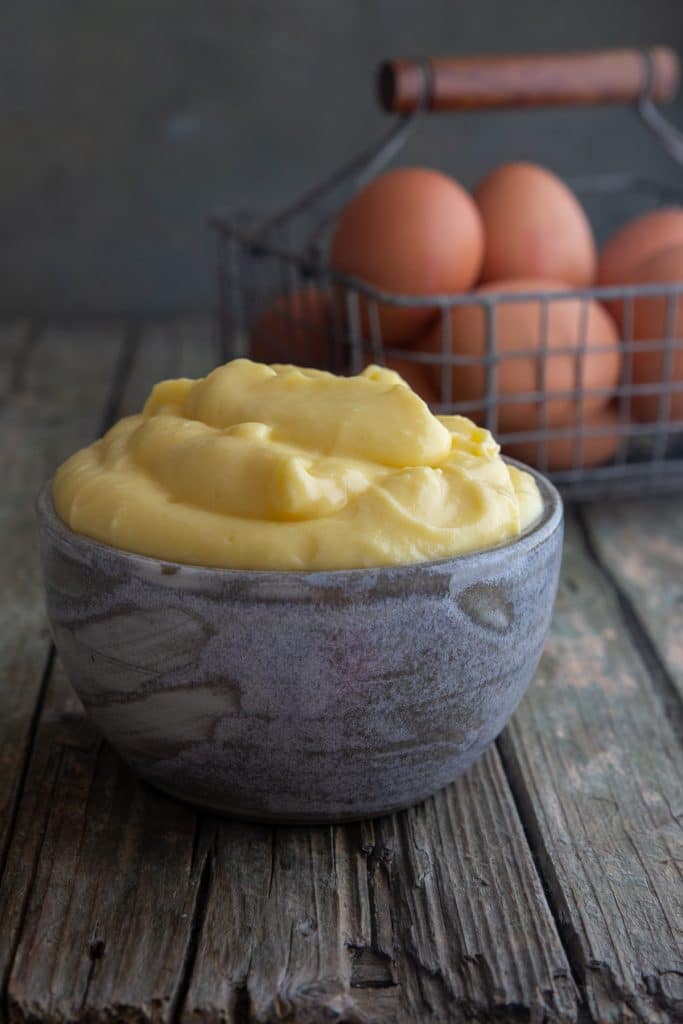
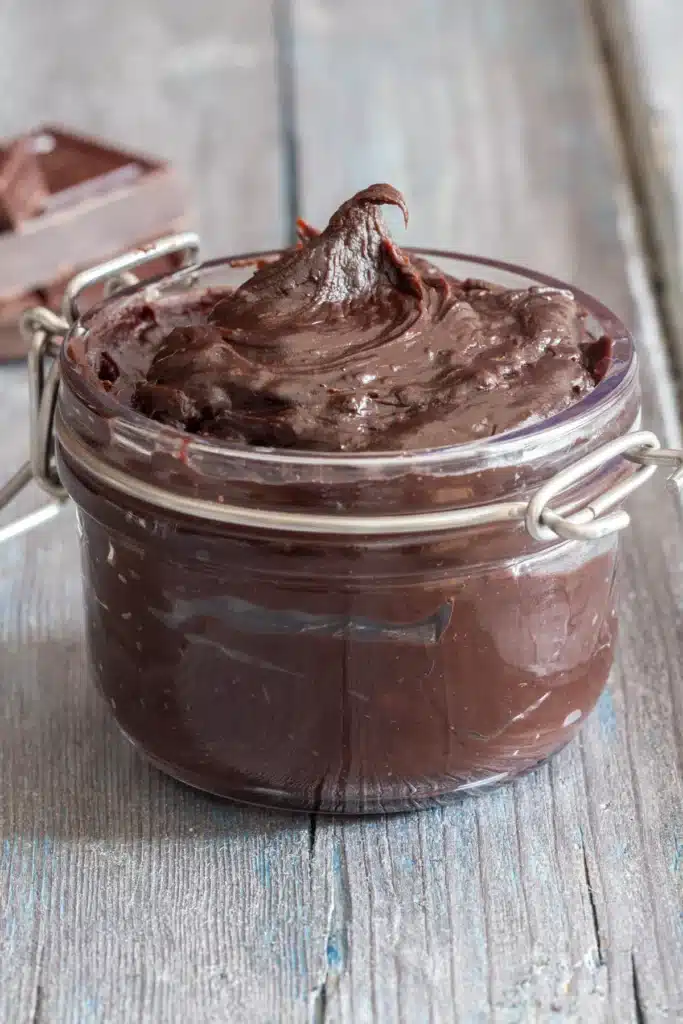
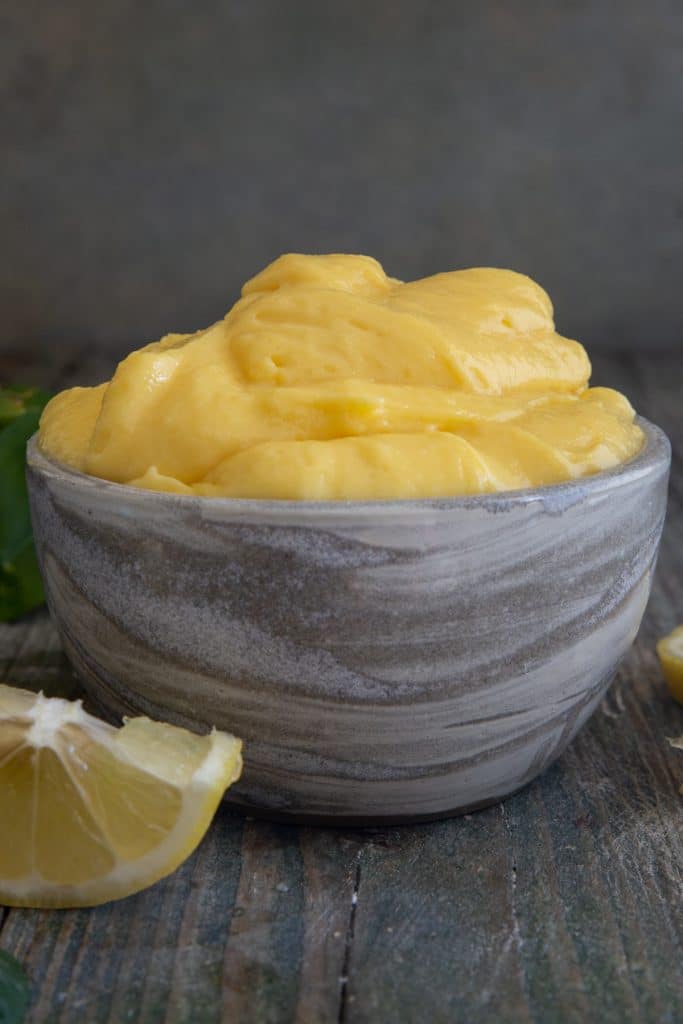
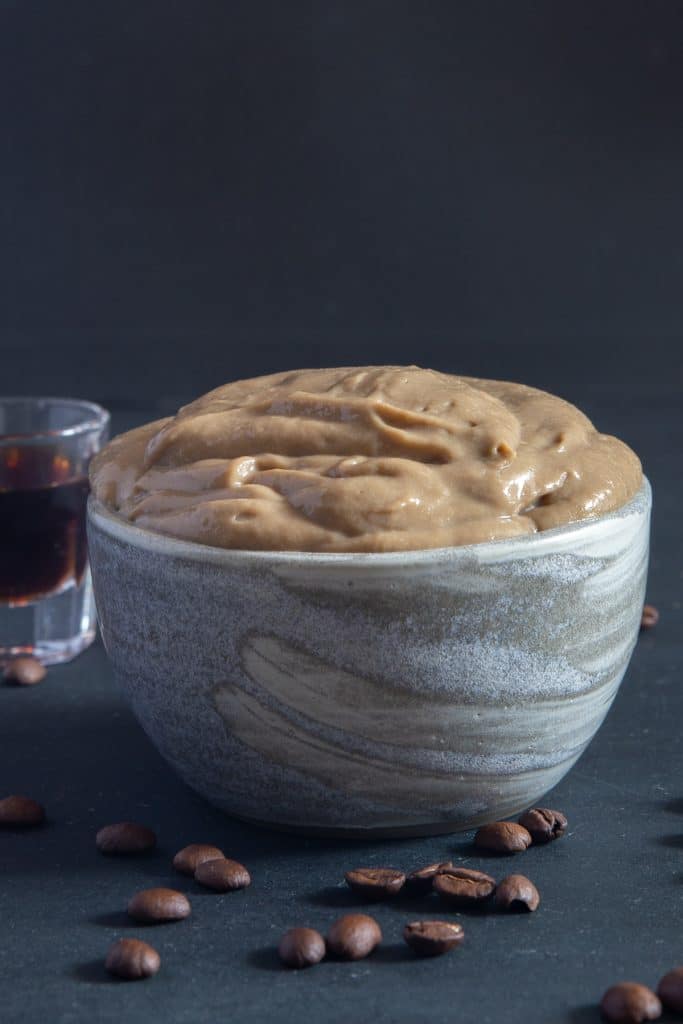
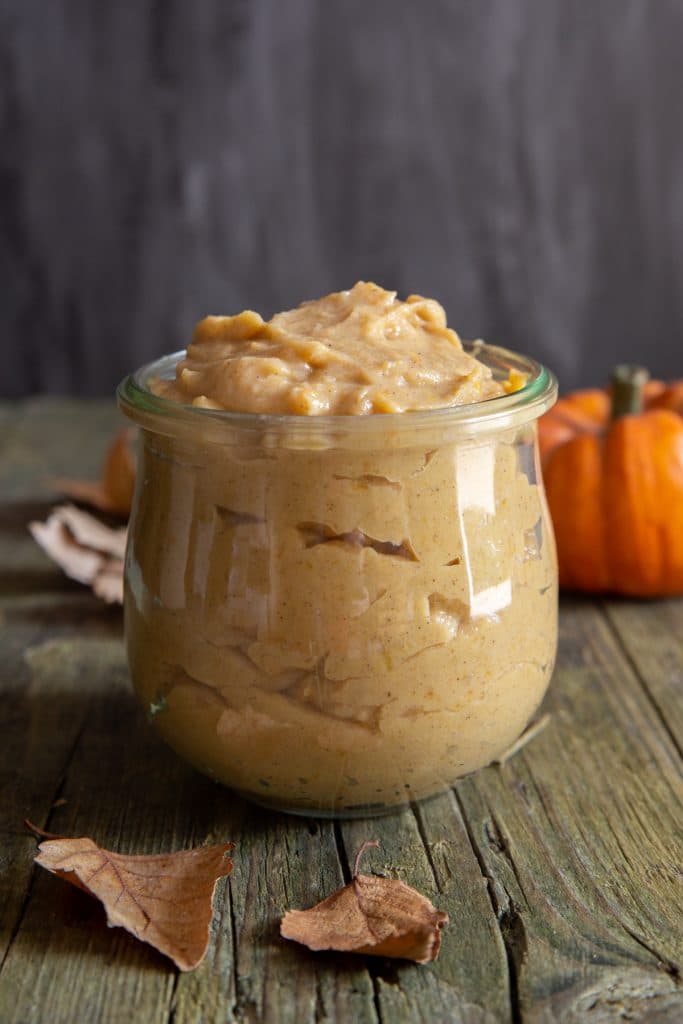
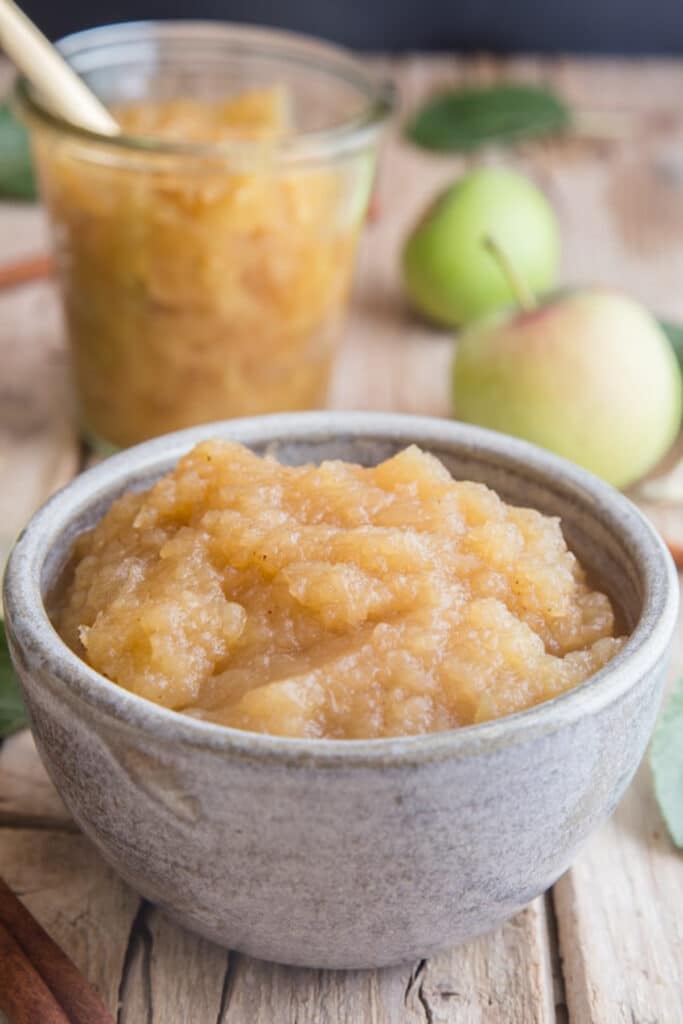


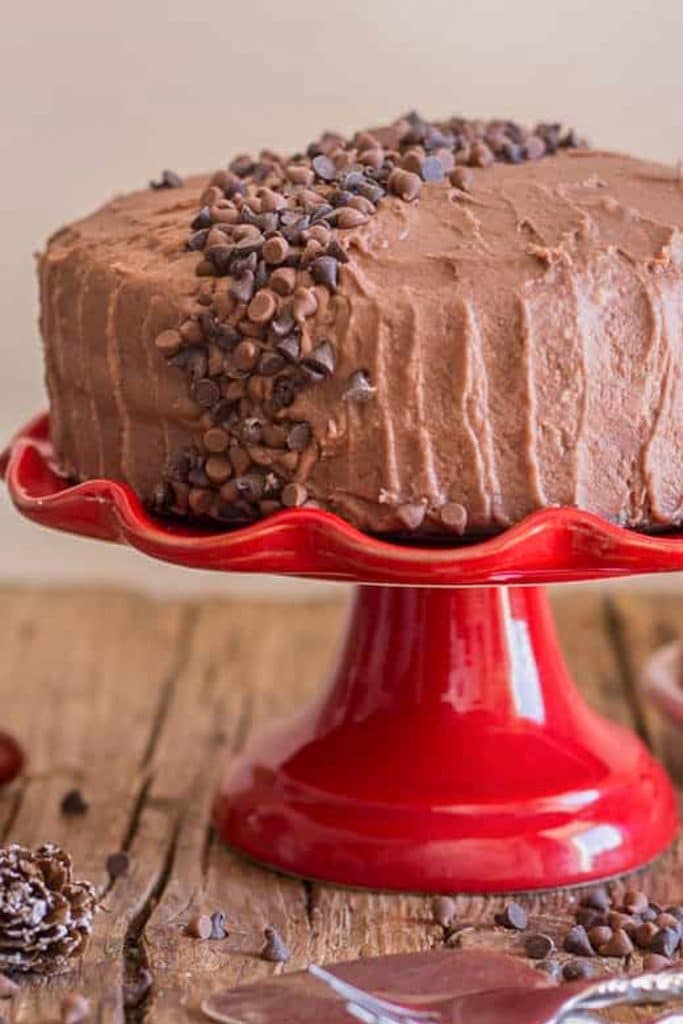
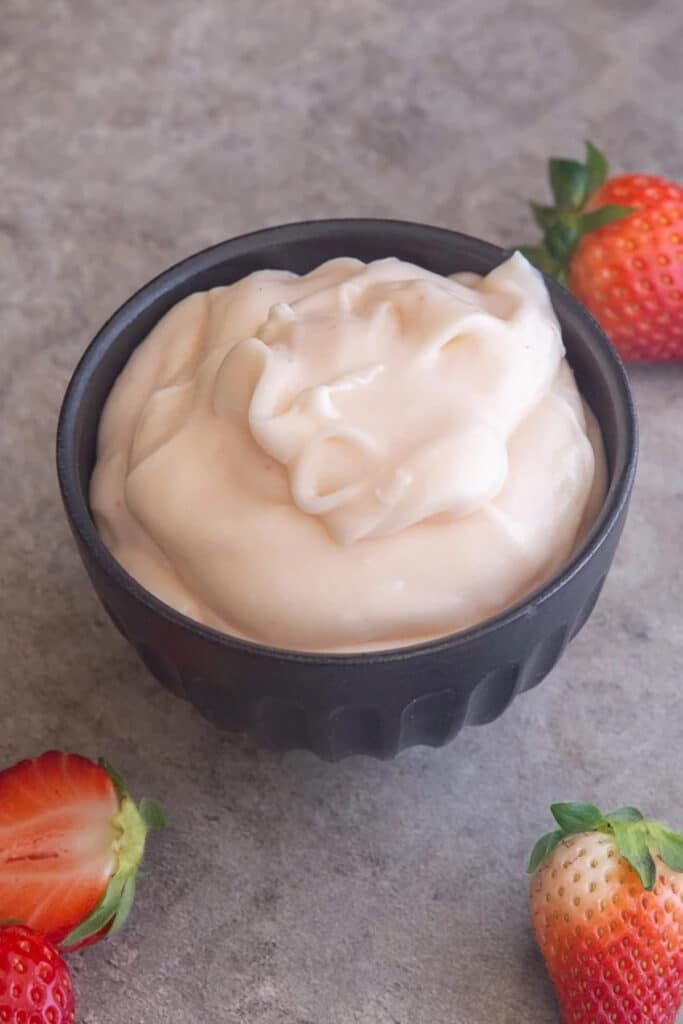
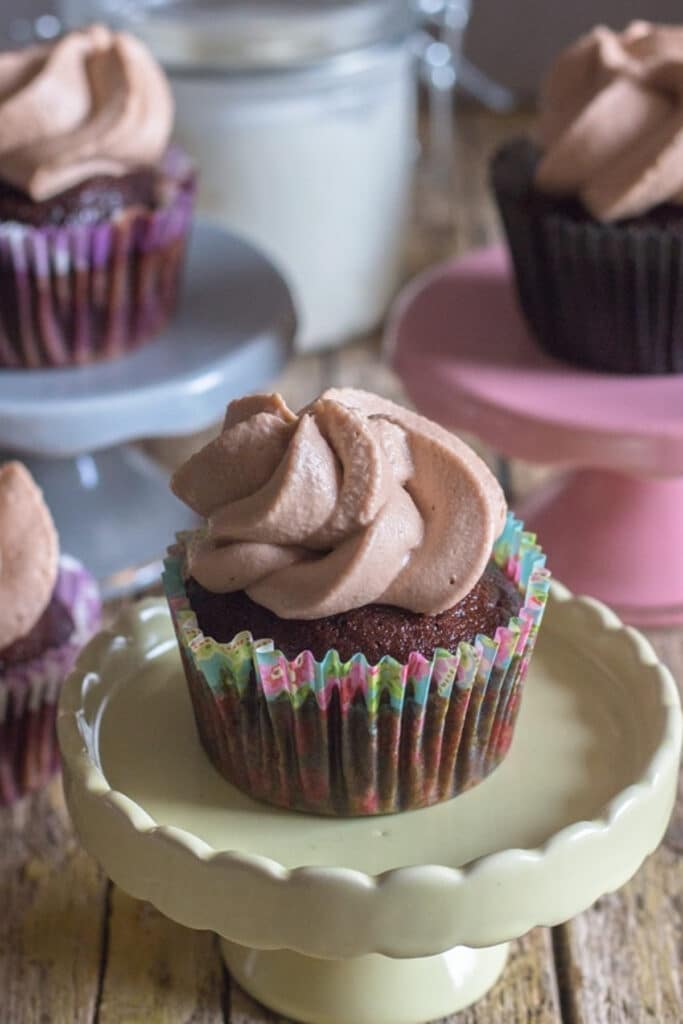

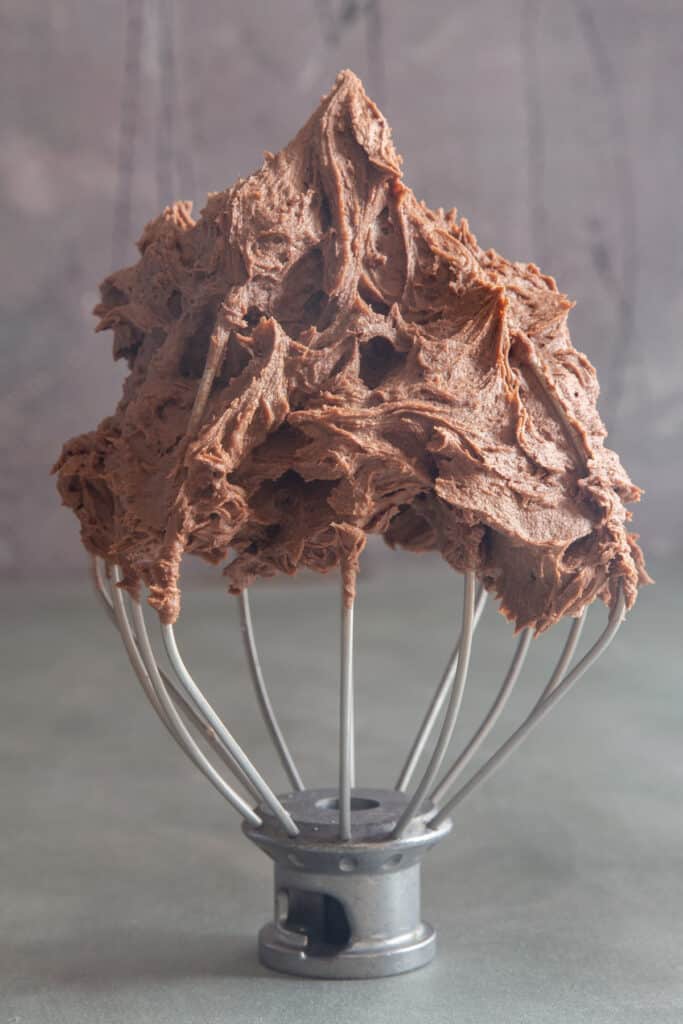
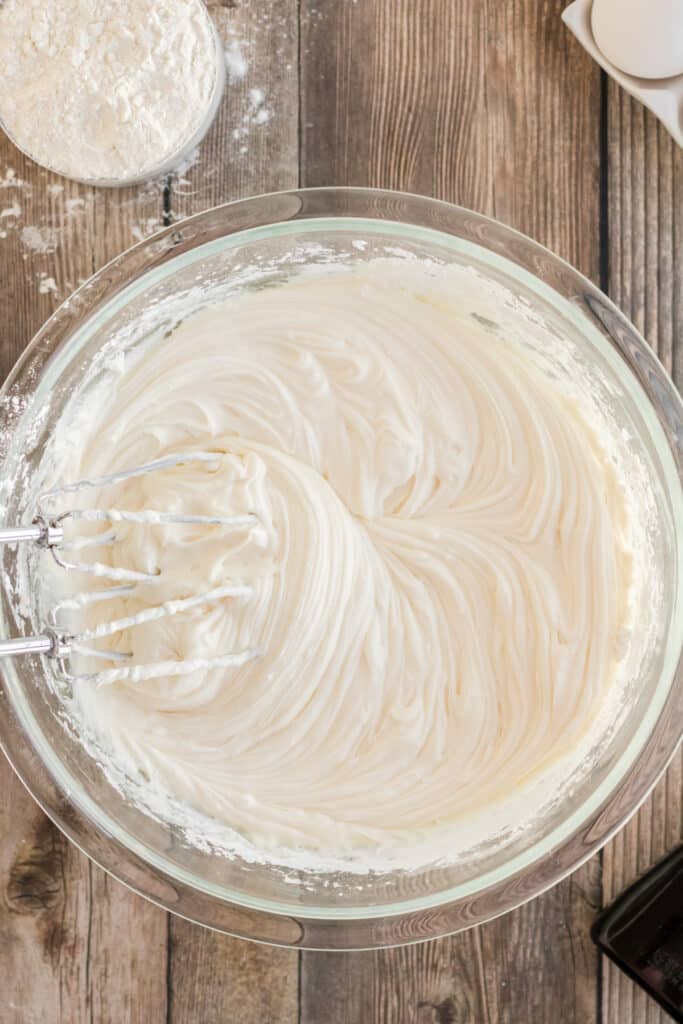
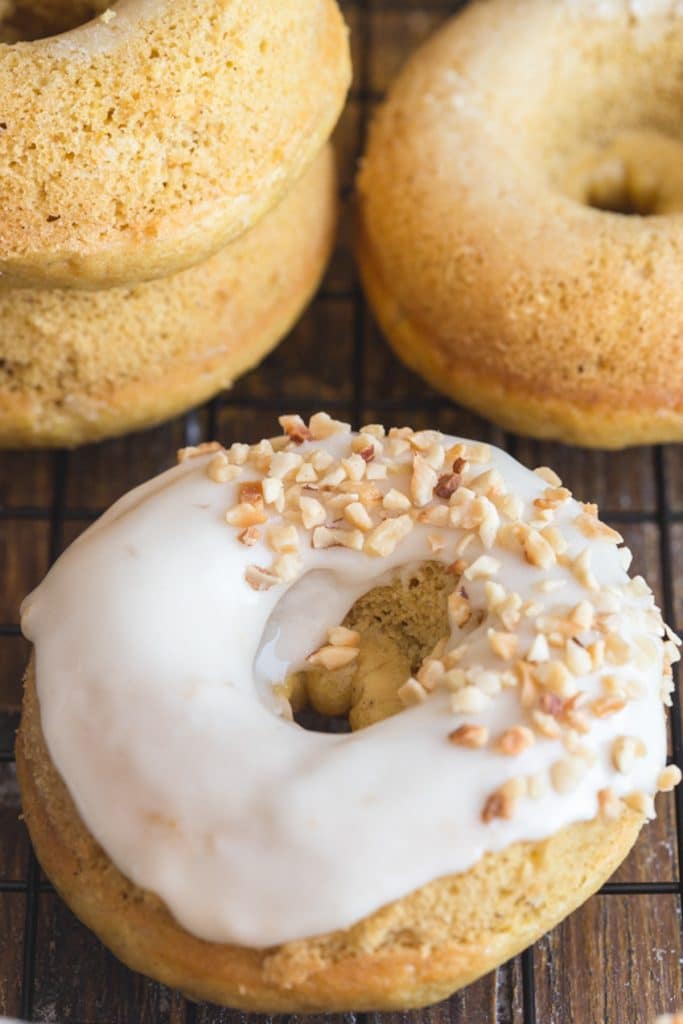

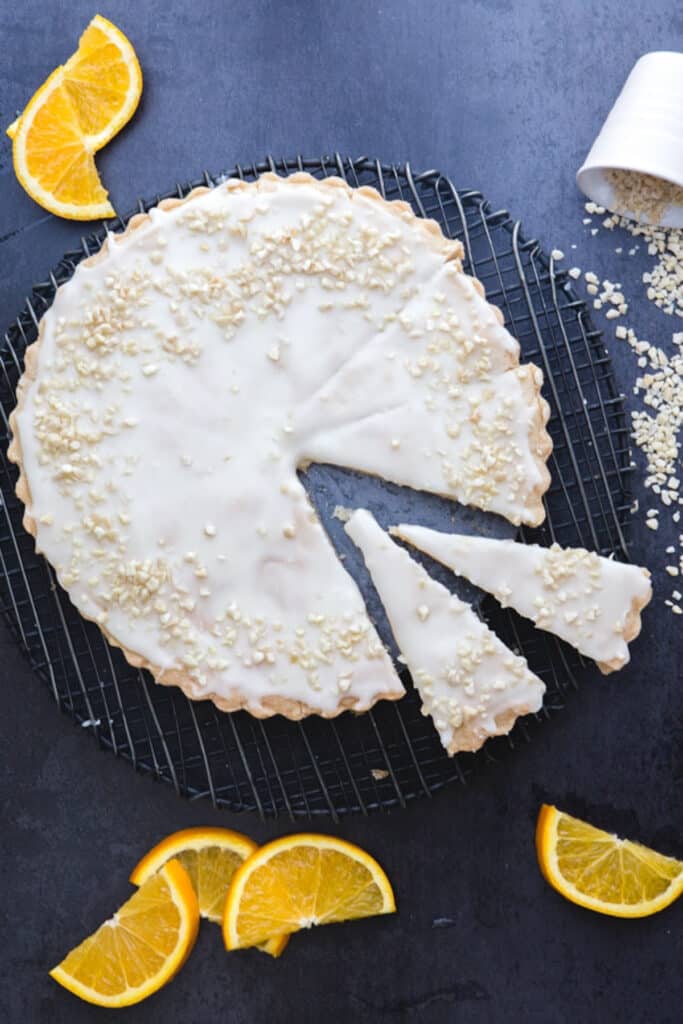
I baked the Italian Cream Lemon Cake using Bob’s Red Mill Gluten Free Flour. It looks perfect. Making white glaze icing to drizzle on top. Will eat tomorrow morning. Super excited!!!!!